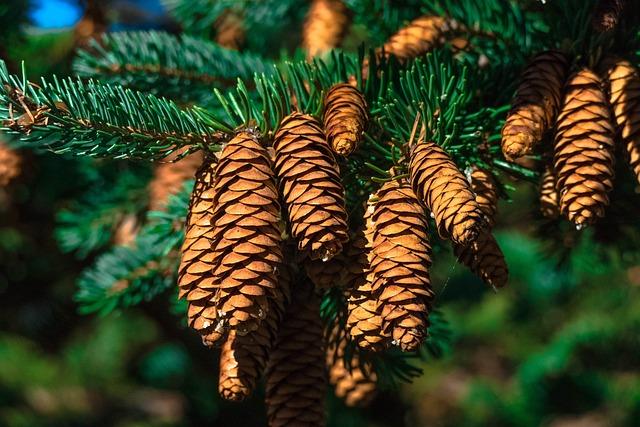- Introduction
- Description and Characteristics of White Pine
- Uses and Applications of White Pine
- Ecological Role and Benefits of White Pine
- Growing and Caring for White Pine
- Conclusion
- FAQs
- References
Introduction
The Eastern White Pine, scientifically known as Pinus strobus, is a majestic conifer that plays a vital role both ecologically and economically. As one of North America's most iconic trees, it’s revered for its versatile wood, towering height, and ability to support diverse wildlife. In this article, we’ll dive deep into the world of White Pine by exploring its unique characteristics, wide-ranging uses, ecological importance, and cultivation practices.
We'll discuss how this tree has thrived in various environments, its commercial applications, and tips for growing them at home or in forests. By the end, you'll have a comprehensive understanding of why White Pines are treasured.
Description and Characteristics of White Pine
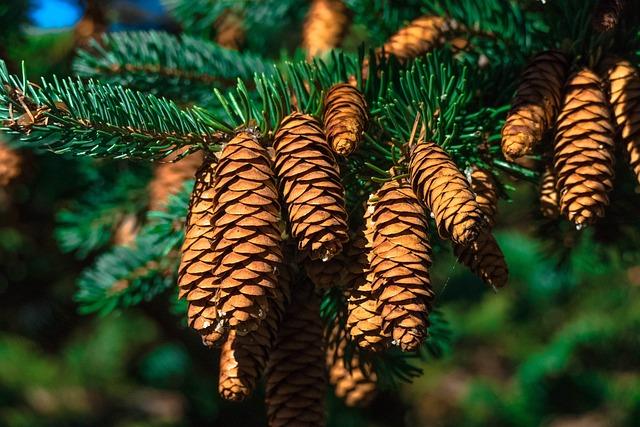
(Image: Pixabay/@DukeAsh)
Pinus strobus, commonly known as Eastern White Pine, is native to eastern North America. It typically grows rapidly and can reach heights of 80 to 100 feet or more. Mature trees exhibit narrow, conical shapes, while individual branches spread horizontally, creating a graceful, layered canopy.
The needles of the White Pine are soft and flexible, appearing in bundles of five. They range from bluish-green to light green. The cones, which are between 4-8 inches in length, shed seeds that attract various bird species like nuthatches and red squirrels.
Its bark starts smooth and grayish in younger trees but gradually becomes rugged and deeply furrowed as the tree ages. These trees are known for their resilience in poor soils, making them prevalent in mixed woodlands across North America.
Uses and Applications of White Pine
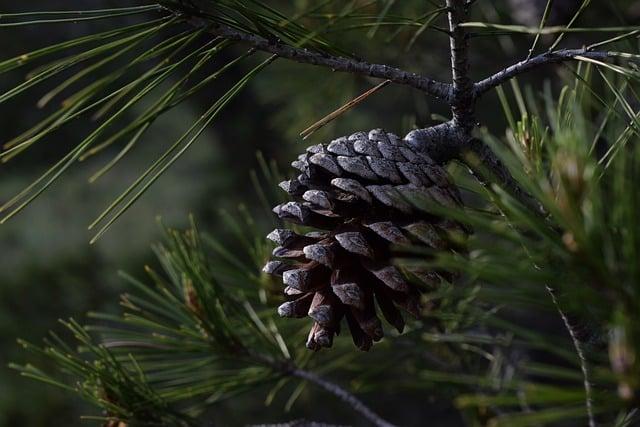
(Image: Pixabay/@Ayline_)
Eastern White Pine has long been a prized timber tree. Its straight, long trunks make it ideal for construction and woodworking. Early settlers used White Pine logs for ship masts due to their strength and lightweight properties. Today, it's a go-to choice for interior paneling, furniture-making, cabinetry, and other artisanal wood projects.
Beyond its timber value, White Pine has cultural significance in many Native American tribes. For instance, the Iroquois revere the White Pine as the "Tree of Peace." Historically, native peoples used different parts of the White Pine to create medicines for respiratory issues and skin conditions.
In addition to its practical uses, White Pine is greatly valued in landscaping for both residential and public parks due to its fast-growing nature, wind resistance, and aesthetic appeal.
Ecological Role and Benefits of White Pine
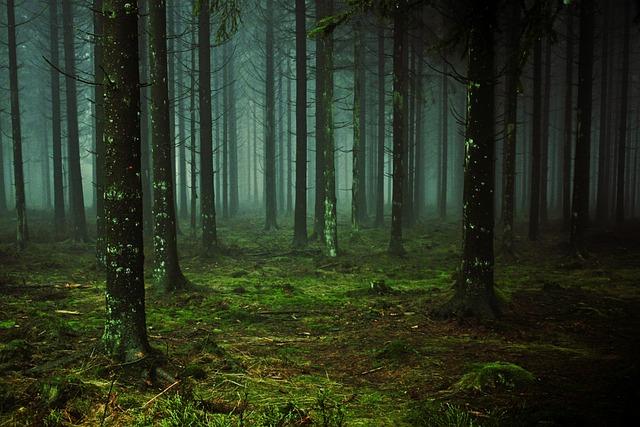
(Image: Pixabay/@cocoparisienne)
One of the greatest ecological benefits provided by the White Pine is its ability to support diverse ecosystems. Animals such as birds and small mammals benefit from the tree’s seeds, while the dense foliage offers shelter to various forest creatures.
White Pine is recognized for its carbon sequestration abilities. A mature tree can absorb significant amounts of carbon dioxide, contributing to the mitigation of climate change and improving air quality.
White Pines also play an essential role in providing shade and stabilizing soil, particularly on slopes or hilly areas where erosion could be an issue. The diverse range of animals that depend on this tree underscores its value to forest ecosystems.
Growing and Caring for White Pine
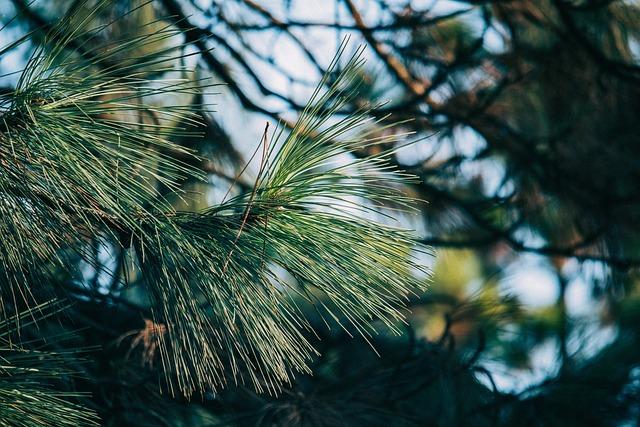
(Image: Pixabay/@MolnarSzabolcsErdely)
Growing White Pine is a relatively straightforward process, especially because these trees are quite adaptable. Ideally, they should be planted in well-draining soil with plenty of sunlight. Though White Pines can withstand partial shade, they thrive when exposed to full sun.
When planting seedlings, make sure you provide adequate space between the trees. A spacing of 10–12 feet allows the tree to develop its characteristic branches and fullness. Additionally, regularly water newly planted trees, ensuring the soil remains moist but not waterlogged.
Of note, White Pines are prone to certain pests and diseases, including white pine blister rust and weevil infestations. Monitoring your trees for early signs of disease is essential to keep them healthy and thriving.
Conclusion
White Pine, or Pinus strobus, is much more than just another tree. Its historic roots, stunning form, and ecological importance make it a cherished species in North American forests. Whether valued for its timber, environmental benefits, or beauty in the landscape, this towering conifer will continue to play a crucial role in our ecosystems and daily lives.
With thoughtful management and care, future generations will undoubtedly appreciate the legacy of White Pine as we do now.
Frequently Asked Questions
What is the lifespan of a White Pine?
White Pines can live for over 200 years in the right growing conditions, though some may live even longer depending on environmental factors.
Do White Pines require a lot of maintenance?
Not typically. Once established, White Pines are hardy trees that require minimal maintenance. However, occasional monitoring for pests and diseases is recommended.
Can I plant White Pine in my backyard?
Yes, as long as you have enough space! White Pines need ample room to grow, so ensure your backyard can accommodate a tree that may eventually reach 80–100 feet in height.
What are common pests that affect White Pine trees?
White Pine is susceptible to white pine weevils and white pine blister rust, both of which can damage or even kill young trees if not managed properly.

